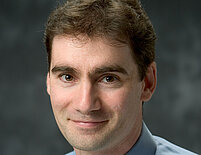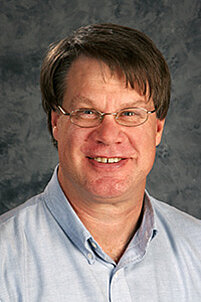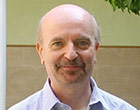Hillman Cancer Center, Pittsburgh, USA
http://www.pharmacology.us/Faculty/BenVanHouten
Dr. Van Houten's group studies the structure and function of DNA repair enzymes, the global responses to stress and the consequences of mitochondrial DNA damage.
Faulty DNA repair can promote mutations, aging, cancer and cell death. The process by which protein components of repair detect damaged or modified bases within DNA is an important but poorly understood type of protein-DNA interaction. The cell contains a series of pathways designed to protect its DNA from environmental and endogenous damage.
UvrA and UvrB proteins are believed to recognize damage-induced distortion in the DNA helix rather than the lesion per se. However, detailed studies of the kinetics, thermodynamics and structures of the Uvr proteins have been limited due to their instability. The long-term goal is to have a complete understanding of how structural perturbations induced by specific DNA lesions are detected and removed by the NER machinery at the atomic level. Most recently we have began to extend our studies to similar proteins found in humans.
Mitochondria represent an important target of reactive oxygen and mitochondrial DNA (mtDNA) appears to be an early and sensitive marker of this stress. Many human diseases are associated with reactive oxygen including cancer, heart disease and neurodegenerative diseases.












